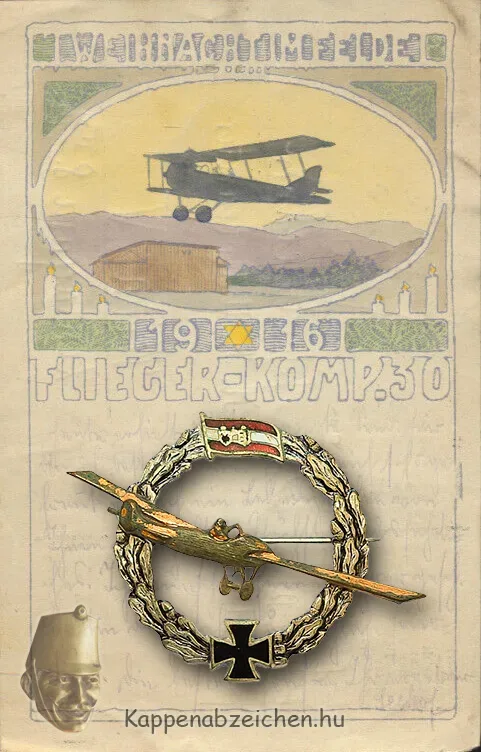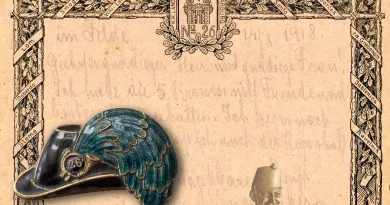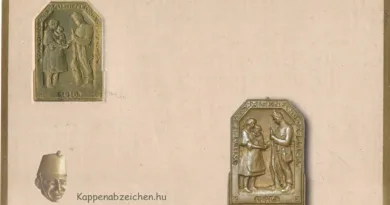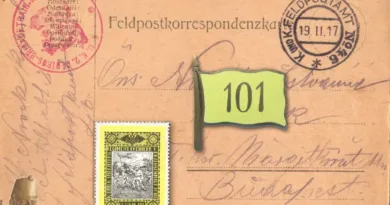FLIK 30
The air force of the Monarchy developed continuously during the Great War. At first, the most important task was reconnaissance, above all target spotting for the artillery. This could even be successfully solved with the help of tethered balloons launched near the front line. Later, this task was increasingly taken over by airplanes. And the scope of tasks was supplemented with bombing, later with aerial combat against the enemy’s aerial objects, and finally with ground attack. This change was also reflected in the development of the various flying squadrons.
The 30th Flying Squadron was established at the beginning of 1916. After training in Austria, they were sent to the eastern front, to Máramarossziget airport. From there, reconnaissance missions were carried out above the Carpathians and in Bukovina. After the Romanian entry into the war, they moved to Kézdivásárhely airport, from where they supervised the front line of the Eastern Carpathians. In 1918, FLIK 30 was reorganized into a fighter squadron and sent to the Italian front. Its fleet was also supplemented with fighter types, Albatros D III and Phönix D I aircraft. As a fighter squadron, they flew the most sorties during the Piave Offensive. The squadron achieved two aerial victories.

The beautifully illustrated Christmas postcard was made in 1916. It shows a reconnaissance aircraft, a Hansa-Brandenburg C I type, above the Máramarosziget airport. The Kappenabzeichen uploaded to this post is a fundraising campaign badge. The development of the air force was supported with its sales revenue.




